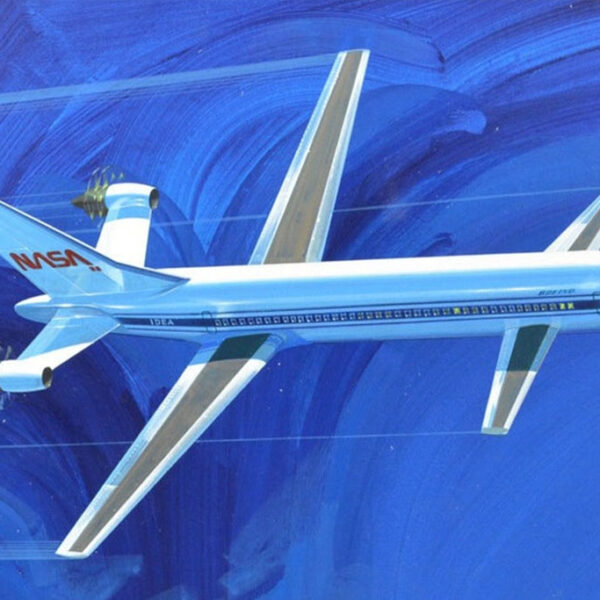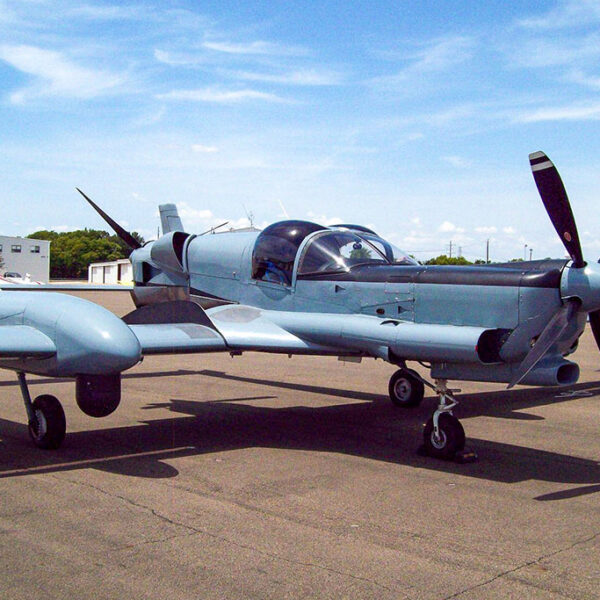The “Hurricane Hunter” – NOAA Lockheed WP-3D
With a lineage dating back to the the 98-passenger Lockheed L-188 Electra that first flew in 1957, the WP-3D is one of two examples operated by the National Oceanic and Atmospheric Administration (NOAA) to collect weather information. These aircraft conduct meteorological, oceanographic and environmental research around the world, and are known for performing observations in and around hurricanes. In addition to utilizing the advanced radar equipment housed in the bulbous fairings, the WP-3D also has the capability of dropping expendable dropsondes – small GPS-equipped sensors that collect and transmit data as they fall through the atmosphere. Photo: Smithsonian’s National Air and Space Museum

Topics Related To: AVIATION HISTORY
Airport Design: The Tangential Runway Concept
A novel airport design concept emerged in the 1940s, promising speed and efficiency, but ultimately failed to overcome regulatory and operational realities.
Boeing Airliner Concept – Open-Rotor Canard
In an effort to maximize fuel efficiency in new airliner designs during the 1980s, Boeing explored advanced technologies, including canard configurations and open-rotor turbofans.
The Schweizer RU-38B Twin Condor – A Shadowy Surveillance Aircraft Lost to History
Rare spy plane: A look at one of the most unusual covert aircraft ever flown by the US government and Coast Guard.





